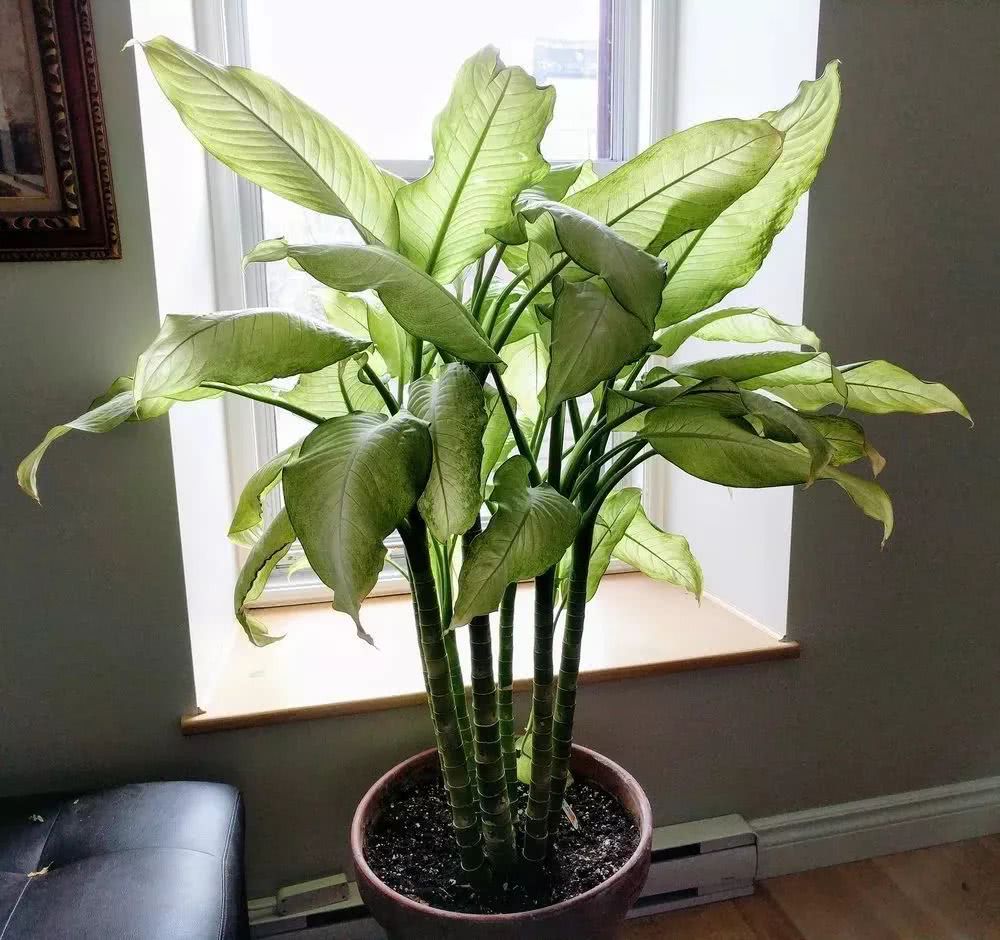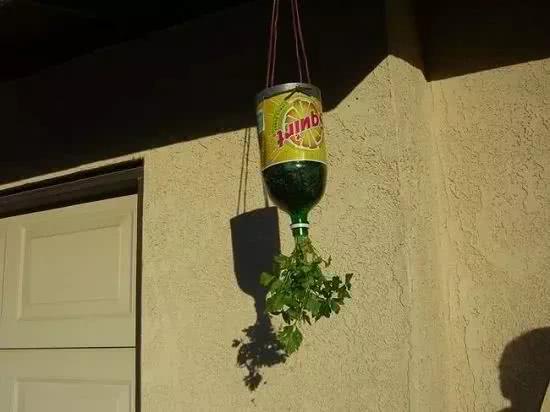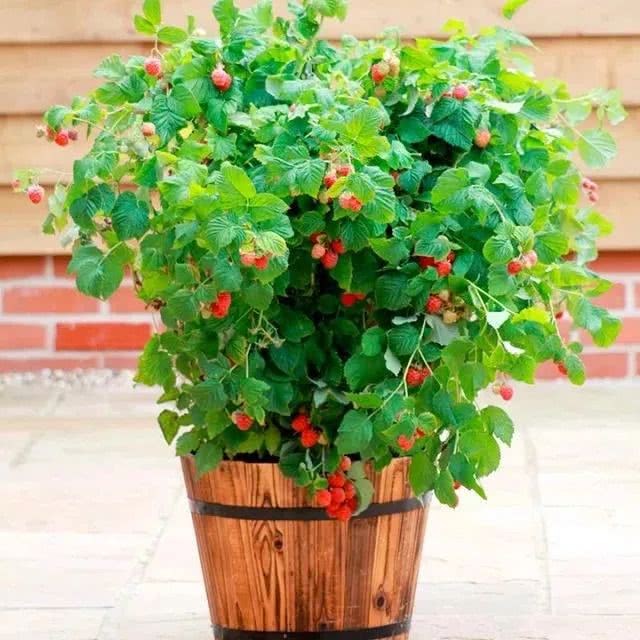Novice flower growers need to know the basic knowledge of fertilizers to make flowers bloom all the year round.

Most friends do not know how to fertilize plants in the process of growing flowers, so it is difficult to promote potted plants to blossom year after year, plant growth will be restricted, and they are easy to be infected with fungal diseases and insect pests. Here are some of the most practical knowledge of fertilization.
In order to make plants grow better, most plants need regular fertilization to make plants grow healthier and more beautiful and promote flowering and fruiting.
Most of the soil can not provide plants with the nutrients needed for long-term growth, especially potted plants, as the plants grow, they will absorb nutrients from the soil, these potted soil will become very barren and need to replenish fertilizer regularly.
Plants need six main nutrients, including carbon, hydrogen and oxygen from air and water, while the rest are nitrogen, phosphorus and potassium.
1. Nitrogen fertilizer
In nature, nitrogen is usually in short supply, because plants have evolved to absorb as much nitrogen as possible, even if they do not absorb other nutrients, as long as there is enough nitrogen, plants will be able to grow more leaves, but will not blossom and bear fruit. Some plants give too much nitrogen fertilizer, but only grow leaves and do not blossom.
2. Phosphate fertilizer
Phosphorus can stimulate root growth, help plants grow more buds and nurture flowers, improve vigor, and promote flowering and fruiting. Most plants are slightly acidic soil and need to be added regularly with phosphate or organic fertilizer.
3. Potash fertilizer
Potassium can improve the overall vitality of the whole plant, help plants to produce more carbohydrates, and improve the ability of resistance to diseases and insect pests, help to regulate metabolic activities, make rhizomes grow stronger, and enhance the ability of plants to resist diseases and insect pests.
4. Trace elements
In addition to the above three main nutrients, there are also other trace elements, such as the most common calcium, which can improve the structure of the soil, promote plant root growth and avoid flower buds. Magnesium is the only metal component of chlorophyll, which can help plants better carry out photosynthesis. lack of magnesium can cause leaves to turn yellow.
Other trace elements include manganese, boron, copper and iron. If lack of these trace elements, plants are prone to yellow leaves or weak plant growth.
5. The difference between compound fertilizer and organic fertilizer
Before applying fertilizer, we also need to know what is organic fertilizer and what is compound fertilizer. Organic fertilizer is the most common manure, compost and bone fertilizer, these are fertilizers deposited by natural minerals, that is, organic fertilizer, other organic fertilizer, the fertility release of organic fertilizer is very slow, but can be released continuously.
Compound fertilizer is the most common fertilizer in horticultural shops, through synthetic fertilizer. If you use compound fertilizer, the concentration must not be too high, otherwise it is easy to burn plants.
Compound fertilizer and other fertilizers are released very quickly, but the duration is relatively short. If the soil is applied compound fertilizer for a long time, it is also easy to lead to soil deterioration.
Compound fertilizers have no effect on improving soil texture and long-term fertility, because synthetic fertilizers are highly water-soluble, and they are easy to penetrate into streams, lakes or ponds. Usually, we must use more organic fertilizers and less compound fertilizers.
6. Foliar fertilizer
There are many people do not know foliar fertilizer, foliar fertilizer is sprayed directly to the surface of leaves, promoting plants to absorb nutrients, so that plants can absorb nutrients in a short period of time to ensure flowering and fruiting, for example, before flowers are about to grow, properly give some potassium dihydrogen phosphate solution, spray directly on the leaves can promote flowering.
If your soil is alkaline, you need to replenish ferrous sulfate solution regularly, which can well reconcile the acidity and alkalinity of the soil and avoid soil alkalinity.
So how do we choose the fertilizer that suits us? Under normal circumstances, you only need to choose the average fertilizer, that is, fertilizer with the same proportion of nitrogen, phosphorus and potassium, such as the common 5:5:5 compound fertilizer.
There is usually a label with three numbers on top of the fertilizer. They represent the proportion of nitrogen, phosphorus and potassium, respectively. The above is the most practical fertilizer use skills, have you learned it?
- Prev

Discarded soda bottles can be turned into upside down hanging basins and herbaceous flowers can be planted directly.
What would you do if you found a discarded soda bottle? It is usually thrown in the trash can, it can also become a very practical hanging basin, the following idea is even more powerful, it can plant soda bottles upside down.
- Next

Eight kinds of small berries that can be cultivated in the yard or on the balcony are planted and can be eaten in four seasons.
If you want to raise a small perennial orchard on the balcony, growing berries is a good choice. You can choose some cold-resistant, easy to cultivate, strong resistance to diseases and insect pests, the following small berries have a great ability to adapt to the environment.
Related
- Wuhan Hospital Iron Tree Blooming Result Was Instantly Frightened by the Gardener Master
- Which variety of camellia is the most fragrant and best? Which one do you like best?
- What is the small blue coat, the breeding methods and matters needing attention of the succulent plant
- Dormancy time and maintenance management of succulent plants during dormancy
- Minas succulent how to raise, Minas succulent plant pictures
- What are the varieties of winter succulent plants
- How to raise succulent plants in twelve rolls? let's take a look at some experience of breeding twelve rolls.
- Attention should be paid to water control for succulent plants during dormant period (winter and summer)
- Watering experience of twelve rolls of succulent plants
- Techniques for fertilizing succulent plants. An article will let you know how to fertilize succulent plants.

